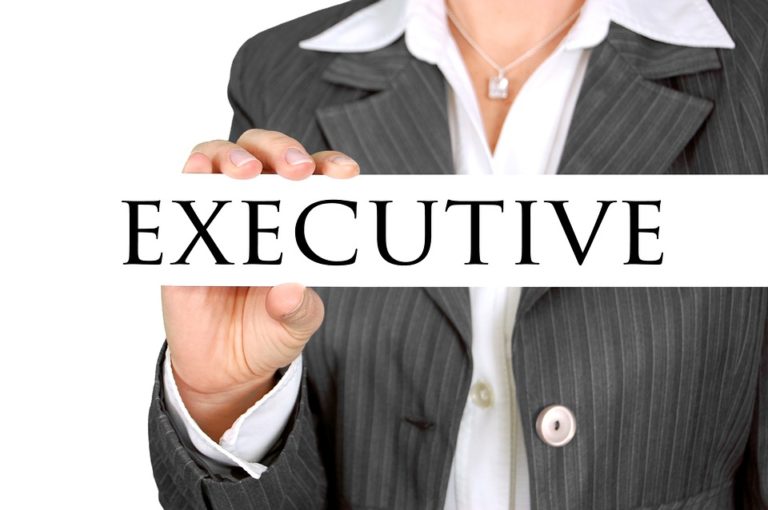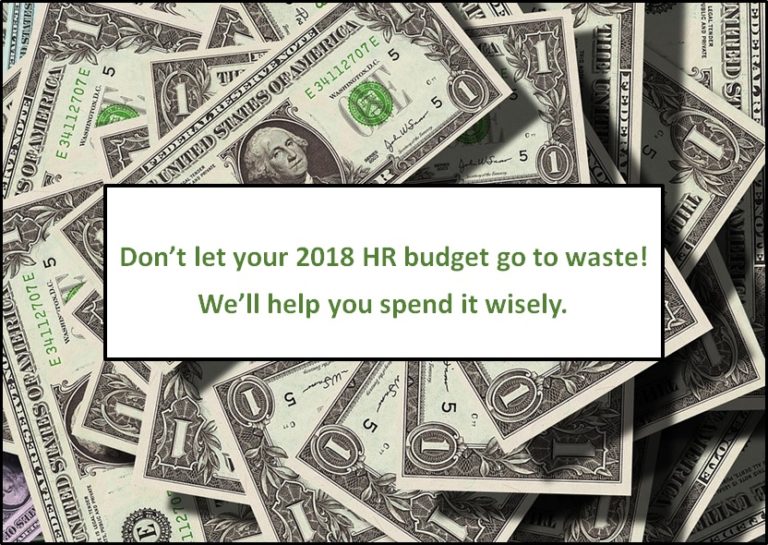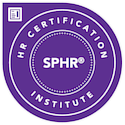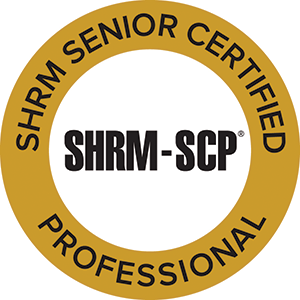January is the month of fresh starts. The month when we typically pack up the previous year and shift our attention to hopes and dreams for the 12 months ahead. Whatever your vision (or goal) is for a “new you” this year, it’s much more likely to become a reality if you make a plan. Remember, a goal without a plan is just a wish. Here are some guidelines to creating an effective plan.
Keep it simple. Make a list of what you want to accomplish or change this year, prioritize it, and then reduce your list to the 3-5 things you can realistically achieve.
Devote some time to it. Think it through. If you’ve been making the same goals/resolutions every year but not getting anywhere, you didn’t spend enough time making your plan. Research shows that 80% of New Year’s resolutions are abandoned by February. Why? Because they were too broad and didn’t include a plan.
Write it down. For each item on your list, add two or three specific actions you need to take to reach the goal. Give each item a reasonable due date. Remember to start with simple steps and one action at a time. Simple actions over time lead to big results.
Share it. Hearing your goals said out loud as you share them with someone else has a way of igniting your self-accountability. Sharing them makes them more real. Consider asking someone to be your accountability partner. Ask them to check in with you periodically to see how you are progressing.
Keep it visible. Post it in your workspace or keep it in your planner or whatever works for you in terms of keeping it visible. The more you see it the more likely you are to get it done. Use an app to help you keep track of your goal.
Be forgiving. Don’t beat yourself up if you get off track or miss a target date. Review your plan and see what adjustments you need to make to get back on track.
Celebrate! When you hit one of your goals, give yourself a pat on the back for a job well done!
In my work with individuals and organizations I’ve learned that the start of a new year is often when people begin seriously thinking about changing jobs or going after that promotion they’ve been wanting. Both of these efforts require a solid plan and can be facilitated by working with a coach. In my next blog I’ll share some tips on job searching or making a career change and how working with a coach can make the process shorter, easier, and more successful.
In the meantime, if you or anyone you know needs help in creating a plan for a job search or career change, please contact me at michelle@connecttohr.com.




 In my work with leaders to help them build on strengths and develop in other areas, I often recommend books that I think are particularly insightful. A recent one I’ve been recommending is Triggers: Creating Behavior That Lasts – Becoming the Person You Want To Be, by renowned executive educator and coach Marshall Goldsmith, and Mark Reiter.
In my work with leaders to help them build on strengths and develop in other areas, I often recommend books that I think are particularly insightful. A recent one I’ve been recommending is Triggers: Creating Behavior That Lasts – Becoming the Person You Want To Be, by renowned executive educator and coach Marshall Goldsmith, and Mark Reiter. As I discussed in my last blog, working with an executive coach can help you prepare for a transition, work through a specific issue, and/or overcome a derailing behavior. Coaching can also help you develop in place to become the leader you want (and need) to be. But where do you begin? What are the essential skills needed to be an effective leader today?
As I discussed in my last blog, working with an executive coach can help you prepare for a transition, work through a specific issue, and/or overcome a derailing behavior. Coaching can also help you develop in place to become the leader you want (and need) to be. But where do you begin? What are the essential skills needed to be an effective leader today? leaders attribute at least part of their success to having worked with an effective executive coach.
leaders attribute at least part of their success to having worked with an effective executive coach. I’ve got some exciting news about what’s ahead for Connect to HR – and about some changes you’ll see in the coming months.
I’ve got some exciting news about what’s ahead for Connect to HR – and about some changes you’ll see in the coming months. Management expert Ken Blanchard once said, “Feedback is the breakfast of champions.” Yet for many of us feedback is a hard meal to swallow. The minute someone suggests giving us feedback, our defenses go up and our hearing fails. Both reactions are limiting to our growth and development. Especially as a leader.
Management expert Ken Blanchard once said, “Feedback is the breakfast of champions.” Yet for many of us feedback is a hard meal to swallow. The minute someone suggests giving us feedback, our defenses go up and our hearing fails. Both reactions are limiting to our growth and development. Especially as a leader. In my last blog I talked about how to have a difficult conversation. For some leaders, giving feedback is considered a difficult conversation, especially if the feedback is negative. But here’s the thing. As a leader, one of your responsibilities is developing your people. And one of the best ways to do this is by giving regular, timely feedback.
In my last blog I talked about how to have a difficult conversation. For some leaders, giving feedback is considered a difficult conversation, especially if the feedback is negative. But here’s the thing. As a leader, one of your responsibilities is developing your people. And one of the best ways to do this is by giving regular, timely feedback. Once you’ve decided on your theme and overall goals for the organization, as I spoke about in my last blog, the next step is defining the specific objectives and activities (with due dates) that will help you achieve those goals. A critical activity in this process is communicating company goals and what needs to be done to achieve them to employees. Employees are, after all, the engine that will help drive the organization toward those goals.
Once you’ve decided on your theme and overall goals for the organization, as I spoke about in my last blog, the next step is defining the specific objectives and activities (with due dates) that will help you achieve those goals. A critical activity in this process is communicating company goals and what needs to be done to achieve them to employees. Employees are, after all, the engine that will help drive the organization toward those goals.


